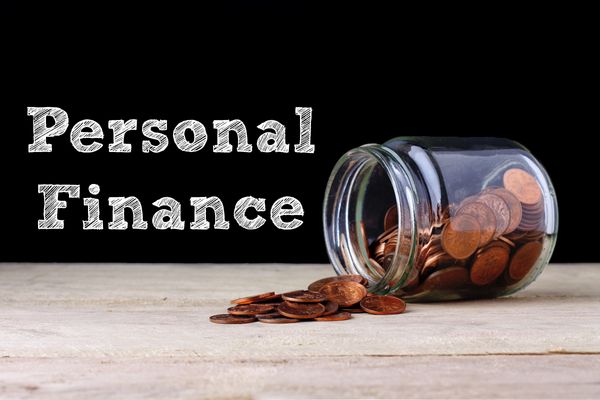
Inflation is a critical economic concept that affects every aspect of personal finance. Understanding its trends, causes, and strategies to mitigate its impact can help you safeguard your savings and investments. In this blog, we will delve into the current inflation landscape, examine the driving forces behind it, and provide actionable steps to protect your financial future.
Understanding Inflation Trends
Inflation is the rate at which the general level of prices for goods and services rises, eroding purchasing power. Over the past year, inflation rates have surged globally, influenced by a variety of factors.
- Post-Pandemic Economic Recovery: As economies rebound from the COVID-19 pandemic, demand for goods and services has outstripped supply, pushing prices higher.
- Supply Chain Disruptions: Ongoing supply chain issues, including shipping delays and shortages of raw materials, have contributed to increased production costs and, consequently, higher consumer prices.
- Monetary Policy: Central banks’ expansive monetary policies, including low-interest rates and quantitative easing, have increased money supply, fueling inflation.
- Energy Prices: Rising energy costs, particularly for oil and gas, have had a ripple effect across various sectors, driving up transportation and production expenses.
Causes of Inflation
Several underlying causes contribute to inflation:
- Demand-Pull Inflation: Occurs when demand for goods and services exceeds supply, leading to higher prices. This is often seen in a booming economy.
- Cost-Push Inflation: Results from increased production costs, such as wages and raw materials, which are passed on to consumers in the form of higher prices.
- Built-In Inflation: Also known as wage-price inflation, this occurs when workers demand higher wages to keep up with rising living costs, leading businesses to increase prices to cover the higher wage expenses.
Protecting Your Savings and Investments
Given the current inflation trends, it’s crucial to implement strategies to protect your financial assets. Here are some effective ways to do so:
- Diversify Your Investment Portfolio: Spread your investments across different asset classes, such as stocks, bonds, real estate, and commodities. Diversification can help mitigate risks associated with any single investment category.
- Invest in Inflation-Protected Securities: Consider adding Treasury Inflation-Protected Securities (TIPS) to your portfolio. TIPS are designed to increase in value with inflation, providing a hedge against rising prices.
- Real Estate Investments: Real estate often appreciates in value over time and can serve as a tangible asset that offers protection against inflation. Rental properties, in particular, can generate income that keeps pace with inflation.
- Stocks and Equities: Stocks have historically outpaced inflation over the long term. Focus on companies with strong pricing power that can pass on increased costs to consumers.
- Commodities: Commodities like gold and silver are traditional inflation hedges. Additionally, investing in commodity-focused ETFs or mutual funds can provide exposure to this asset class.
- Increase Your Savings Rate: Boosting your savings rate can help counteract the diminishing purchasing power of your money. Aim to save a higher percentage of your income, particularly in high-yield savings accounts.
- Review and Adjust Your Budget: Regularly review your budget to identify areas where you can cut costs. Adjust your spending habits to prioritize essential expenses and avoid lifestyle inflation.
Conclusion
Inflation is an inevitable aspect of economic cycles, but understanding its trends and causes can empower you to make informed financial decisions. By diversifying your investments, considering inflation-protected securities, and adopting prudent saving and spending habits, you can safeguard your financial well-being against the eroding effects of inflation. Stay informed, stay proactive, and protect your financial future.
